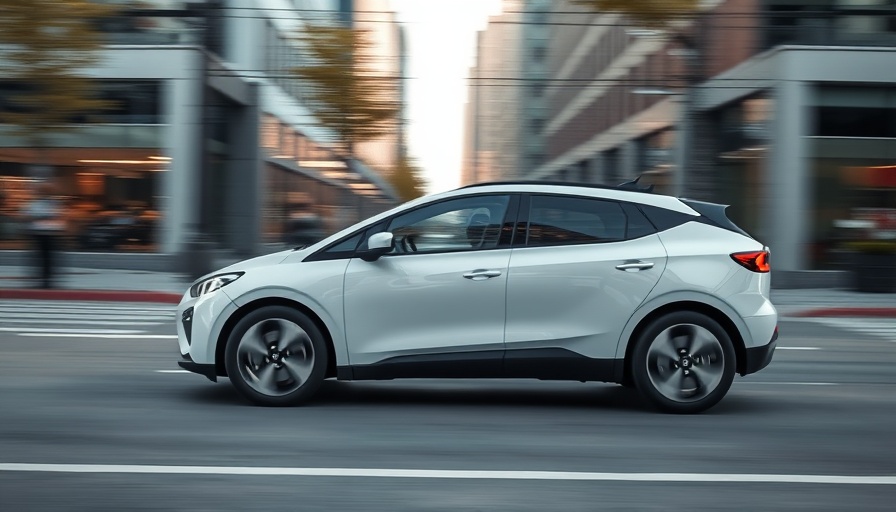
Waymo and Uber's New Era of Transportation in Atlanta
In a significant leap towards the future of urban mobility, Uber and Waymo have launched their commercial robotaxi service in Atlanta, a development that's set to reshape the way residents navigate the city. This service, which operates under the banner "Waymo on Uber," integrates Waymo's autonomous vehicle technology within Uber's established app. Initially covering 65 square miles, the integration allows users to hail driverless rides while still having the option for a human-driven vehicle.
The Hybrid Robotaxi Experience
Unlike previous markets where riders relied solely on the Waymo One app, the new service gives Uber users the option to prioritize robotaxis when booking a ride. This hybrid approach is designed to enhance the experience by intermingling autonomous vehicles with human-driven ones, thus catering to varied user preferences. Once matched with a Waymo vehicle, riders can decide whether to accept the ride or opt for a conventional Uber driver.
The Growing Robotaxi Network
This launch in Atlanta follows a successful extension of services in Austin. Uber has partnered with multiple autonomous vehicle companies, and the collaborative venture with Waymo is progressive, promising to expand its fleet of robotaxis in both cities. Waymo currently operates thousands of rides each week across key urban markets including Austin, Los Angeles, Phoenix, and San Francisco.
What This Means for Users
For consumers, the introduction of robotaxis means convenience and potential cost savings. Rides utilizing the robotaxi service will be priced comparably to Uber’s human-driven options, such as UberX and Uber Comfort. This ensures that customers can enjoy a driverless experience without having to pay a premium. This pricing strategy is likely to entice more users to experiment with autonomous rides, gradually familiarizing them with this emerging technology.
How Uber and Waymo Split Responsibilities
The operational landscape for this robotaxi service is fascinating: Uber takes care of vehicle maintenance, charging, and user management, while Waymo focuses on ensuring the technology's success. This partnership model allows both companies to leverage their strengths, potentially paving the way for further innovations in service delivery.
Future Predictions in Urban Mobility
The expansion of this service indicates a growing acceptance and reliance on autonomous vehicle technology in everyday life. As major cities embrace robotaxi services, we may witness a decline in traditional vehicle ownership, transforming urban transport dynamics profoundly. Experts predict that cities could evolve, shifting toward public and shared autonomous transportation systems that minimize congestion and reduce carbon footprints.
Social Implications of Robotaxi Services
The integration of robotaxis could also result in significant social changes. Potentially, the availability of driverless rides can enhance mobility for populations that are currently underserved, including the elderly and disabled. Making transportation more accessible can break down barriers, allowing these groups to reclaim autonomy over their travel.
Potential Challenges Ahead
Nevertheless, challenges remain. Safety concerns, regulatory hurdles, and public perception of driverless vehicles will play a crucial role in determining the success of this initiative. As more cities look to adopt autonomous solutions, understanding and addressing these challenges is essential for the technology’s integration into daily life.
In conclusion, as Uber and Waymo embark on this joint venture in Atlanta, the implications stretch far beyond mere transportation. This innovative service stands at the forefront of a technological shift that could redefine urban life as we know it.
 Add Row
Add Row  Add
Add 



Write A Comment